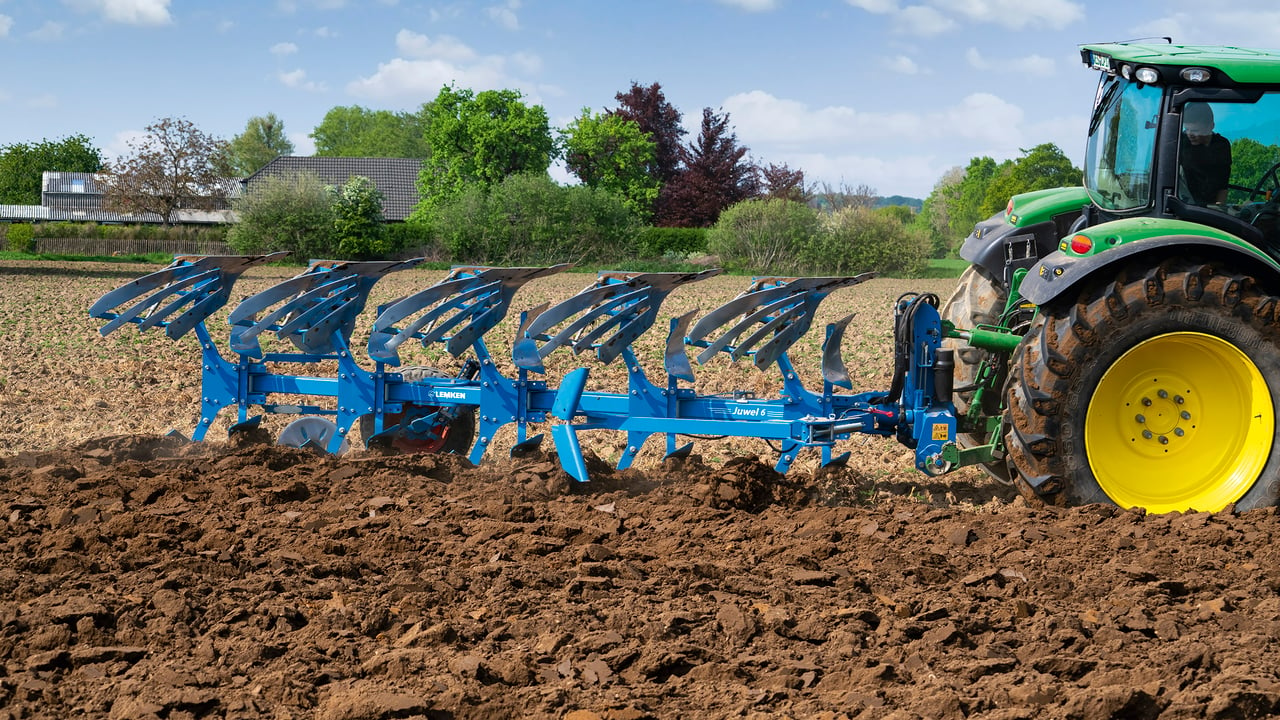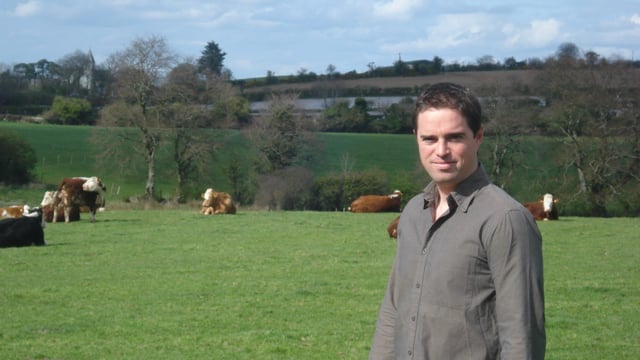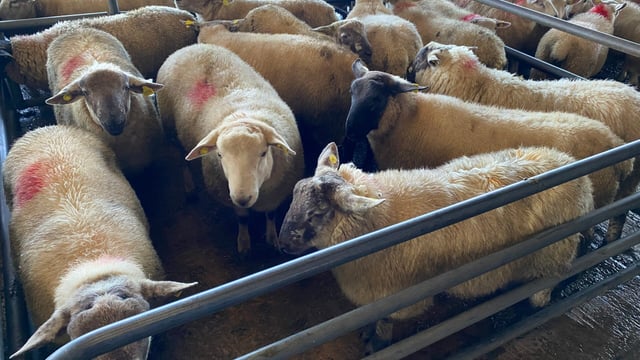Tillage: Plough now if cover crop was established
The Department of Agriculture, Food and the Marine (DAFM) is confirming that tillage land, on which a green cover crop was successfully established, can be ploughed as of Thursday gone by (December 1).
“But this is all weather dependent,” Michael Maloney from DAFM said. "The land can then be left in a ploughed state.”
Maloney took part in a recent episode of the Tillage Edge podcast.
He added that the same principle holds where stubble has been maintained to provide bird cover.
“Farmers can leave cereal ground as stubble to provide foraging options for birds,” Maloney explained.
According to Maloney, land that was harvested for potatoes or beet over recent weeks is exempt from the stubble cultivation requirements.
“Going in and working this land in any way now would do more harm than good. Damaging the soil is totally contrary to what we are trying to achieve," he said.
Maloney went on to point out that planning for ware potatoes and beet next year will require the inclusion of a 6m buffer strip on land that is directly adjacent to water courses.
Where the new crop conditionality rules are concerned, DAFM has achieved a one-year derogation. In other words, they will not kick-in until 2024.
“The 50% of a farm’s tillage area sown out to winter barley will be one of the crop rotation exemptions,” Maloney continued.
“There are a number of exemptions - farmers with less than 10ha; organic farmers; farmers with more that 75% of their arable area in permanent pasture. They are exempt from crop rotation and diversification," Maloney stated.
However, he explained that in relation to the new requirements, farmers with between 10ha and 50ha of tillage with winter barley accounting for 50% or more of the cropped area, will be exempt from the new rotation requirements.
Maloney pointed out that the new diversification criteria can be considered as traditional crop rotation, but with a twist.
“The two-crop, three-crop rules remain in place. In other words, if farmers are between 10ha and 30ha, then two crops will be required. But above 30ha, three crops will be required with the usual 75%:95% ratio," he said.
“Farmers who specialise in growing spring barley can get around this requirement by growing secondary or catch crops.
“There will be a tolerance integrated into the new measures to take account of ground taken in conacre," said.





